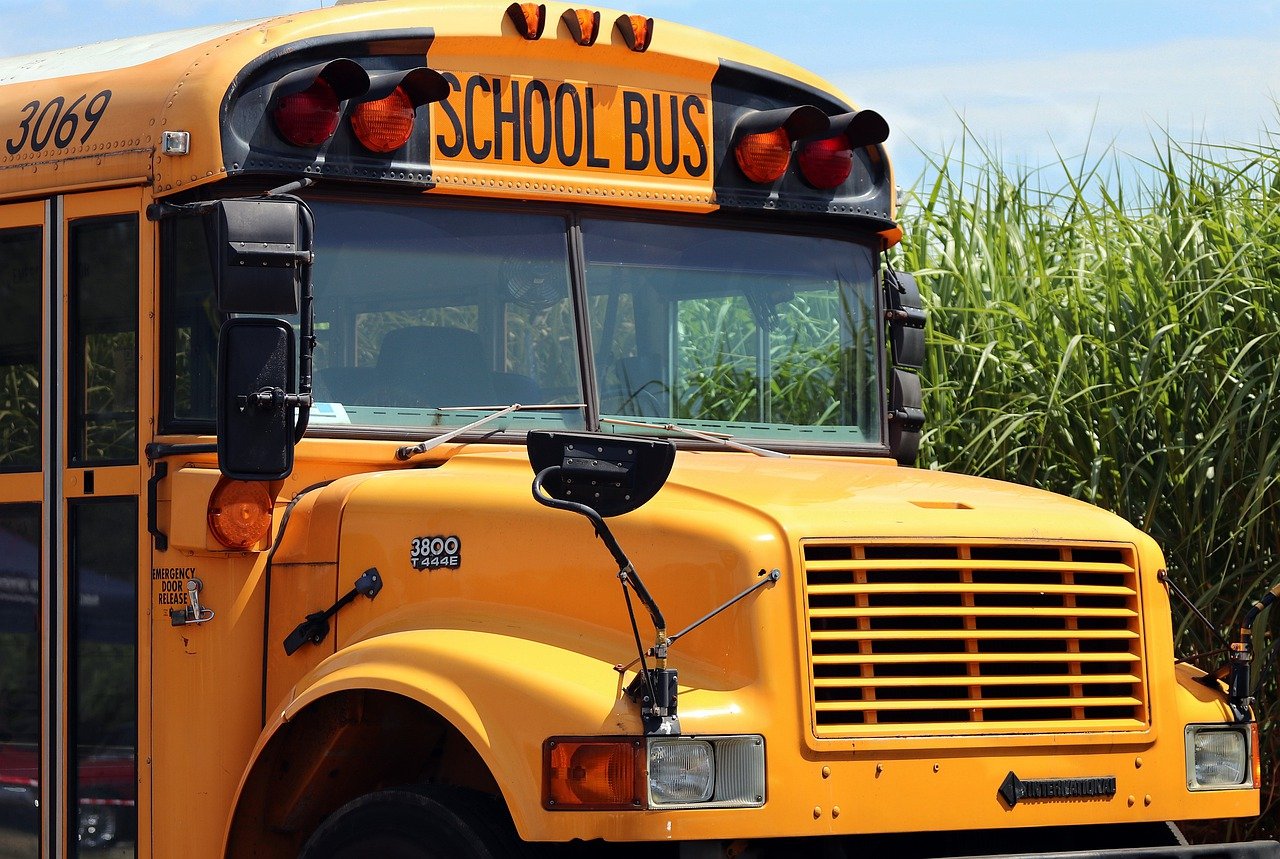How School Districts Can Close the Achievement Gap

Burdened by numerous reforms, policies, and practices, our struggling educational system makes it difficult to fix the achievement gap. However, schools and cities can consider pursuing the following possibilities as a solution.
Implement Year-Round Schooling
Despite a seemingly mammoth task, year-round schooling could be one of the most innovative ways to address the gap in different ways.
Build Student Performance
By adopting year-round schooling with no large breaks in-between, students will spend more time consistently in school and their classrooms and with their teachers and the curriculum. This way, they’re likely to retain more of what they learn.
Additionally, they’ll develop stronger bonds with their teachers, which will particularly help English language students and those from low-income families. They’ll also feel more motivated to build and have enough time to catch up with their classmates even when they miss school.
Provide Opportunities for Well-Rounded Education
With year-round schooling, students will have more time and opportunities to explore their hitherto-untapped passion or skills. Apart from their standard curriculum, they can pursue other courses and interests like the arts or music in a stable learning environment. This will boost their confidence and self-perception.
Set Up a Task Force/Committee
Establishing a task force or committee at both the district and city levels that creates and executes substantial plans and completes impartial funding procedures could help close the achievement gap. This task force will hold the schools liable for appropriately collecting and reporting data on achievement gaps.
City officials, superintendents, community figures, and the mayor at the helm can constitute this task force or committee. As these people have extensive connections and are heavily involved in the city, they have the power to push initiatives through and maintain them.
Reduce Teacher Absenteeism and Stress
With longer terms, teachers will have adequate time to conduct an in-depth study of the materials for their students instead of feeling pressured to cram and rush through them. This will help teachers become more involved in school life, know their students better, and strengthen teacher-student relationships.
Teachers will also have more recurrent breaks to reorganize and refresh, thus reducing teacher absenteeism and burnout.
Leverage Technology
Students struggling with conventional teaching and learning methods can be offered more customized, tech-enabled alternative learning approaches. Be it using online courses to catch up on lessons or study entirely online, technology’s versatility has a broader reach, thus helping students continue with their education and exercise control over it. Students with disabilities can especially benefit from technology through sensory enhancers and alternative input devices.
Use Diversified Teaching Staff
The achievement gap can be closed by bringing more minority students into the classroom. But it’s proven that these students are more likely to come to school and probably stay in class if they had more teachers who looked like them. Massachusetts took a step in this direction by prioritizing diversity and setting up a task force particularly for diversifying the school workforce. This task force also worked to decrease the number of suspensions or expulsions for students of color by pursuing other options. High school students in Delaware rallied to bring more African American teachers to their schools, while South Carolina runs the Call Me MISTER initiative to hire male minority educators.
Execute Definitive Programs
It’s essential to create and carry out programs to address the other potential causes for achievement gaps, such as housing, food, and cultural sensitivity. Washington enacted cultural competence training for staff, teachers, and administrators to create a more culturally inclusive education system. Connecticut provided low-income families with affordable housing, particularly close to transit. The state also delivered breakfast to schools for students and prodded families to get more involved in summer meal programs. Additionally, the States implemented specialized programs, like K-3 reading intervention programs, for at-risk schools.
Conclusion
Definitive examples and various ways exist to address the achievement gap. However, this gap can be successfully closed if the district, city, and school play their part and create a plan that suits their students both inside and outside the classroom.





